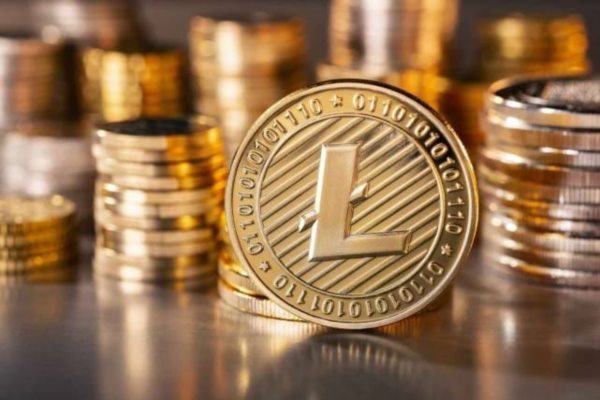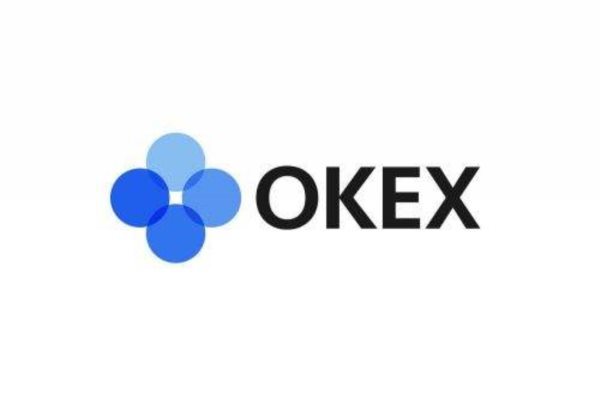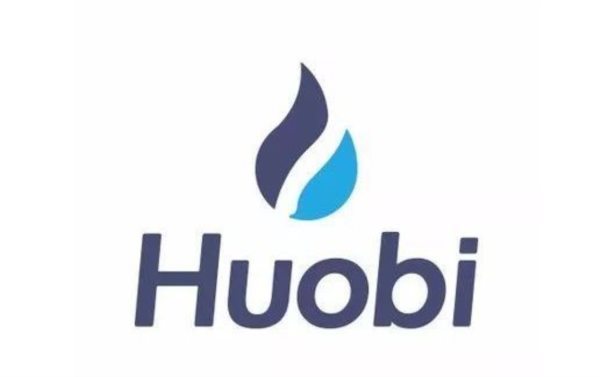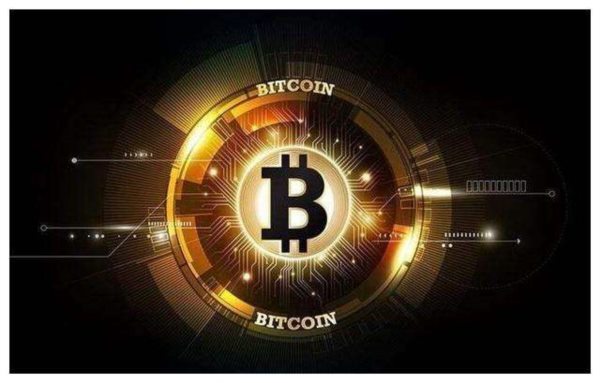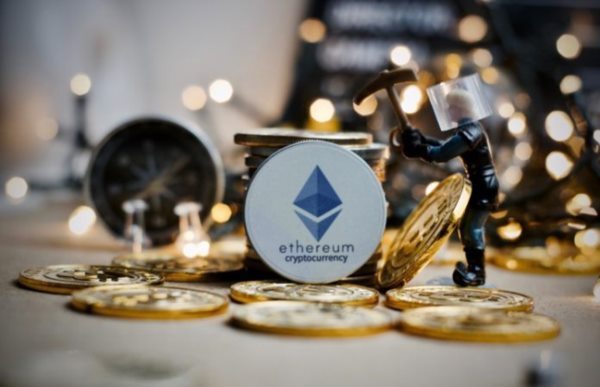时间:2024-03-02|浏览:245
On February 27, the price of BNBChain Gas token BNB exceeded US$400, an increase of 63.93% from US$244 at the beginning of 2023. It increased by 27.79% from US$313 in the new year this year, with a market value of US$61.763 billion.
Of course, the rise of BNB, which ranks third in market capitalization, is accompanied by the "Little Indian Spring" that started in the crypto asset market on February 8. In addition, thanks to Binance, the original starting point of BNB, the platform has recently been active in the operation and maintenance of LaunchPool, its new asset issuance section.
Starting from December 2023, LaunchPool will speed up the pace of new releases. The number of new releases in the first two months of this year is almost half of that in the whole of last year (11). The value of LaunchPool is that it not only provides benefits to users, but also helps lock in the outflow of BNB and stablecoins.
LaunchPool’s fast-paced innovation happened just after Binance settled a $4.3 billion fine with the U.S. Department of Justice. A voice immediately emerged: Binance is defending users, the base of fee income, and the world’s largest crypto-asset trading platform may be short of money. .
Is Binance really experiencing revenue pressure after being subject to US regulations?
Although revenue data was not disclosed in Binance's annual report in 2023, the number of registered users (170 million) and the transaction volume measured by third parties ($16.69 trillion) have both increased significantly compared with 2022, with an increase of 70% respectively. and 215.5%.
Binance disclosed revenue of US$12 billion in 2022. Taking into account the overall upward trend of the market last year, the trading platform's revenue in 2023 is likely to exceed the US$20 billion disclosed during the crypto bull market in 2021.
In 2024, a new crypto bull market will begin to brew. Binance, which is by no means short of money on its books, has once again caught up with the new opportunities, but its goals are changing.
LaunchPool launches new products frequently and locks an average of 15.2 million BNB each time
On February 27, BNB, which reached a maximum of $404, hit a new high since November 8, 2022. At that time, $398 was contributed by selling, but now it is strong buying. This price is less than half way from BNB’s all-time high of $669.3 on November 7, 2021.
Today's crypto asset market has swept away the bearish trend of 2022. Analysts position it as the early stage of a new bull market. The leader of the market is still Bitcoin (BTC). When BNB breaks a new high, BTC, which has the largest market value, soars. To $54,910, it currently breaks through $57,000, followed by Ethereum (ETH), which has risen as high as $3,280.
BNB, with a market value of US$61.335 billion, is rising behind BTC (market value of US$1.1 trillion) and ETH (market value of US$390 billion). BNB, which ranks third, obviously has a unique head advantage in the market upward stage.
BNB’s growth also benefits from the ecosystem surrounding it.
On BNBChain, a blockchain network run by BNB as Gas, the total locked value (TVL) of crypto assets is US$4.491 billion. There are more than 600 DeFi applications included in the third-party data website DeFiLlama, including 102 DeFi applications. The TVL is more than one million US dollars. They support the activity on the BNBChain chain and are also increasing the flow of BNB on the chain.
Among the four Layer 1 chains ranked among the top 10 in terms of market capitalization, BNBChain (formerly known as BSC)’s TVL has also resumed growth since the second half of last year, and its data is second only to the originator Ethereum.
BNBChain TVL resumes growth
In addition, BNB continues to maintain on-chain destruction. So far, a total of 52457076.73 BNB have been destroyed in 26 quarters, and 25.96% of BNB has withdrawn from the circulation market.
Outside the chain, the most exciting action on BNB prices came from Binance, which once used it as a platform currency. Since the end of last year, the platform has adopted an active operation and maintenance strategy for LaunchPool, an important usage scenario of BNB on the site.
Users who are familiar with LaunchPool know that this is a channel for staking BNB or USD stablecoins to obtain new assets. Users do not need to consume other costs. As long as they deposit BNB and stablecoins into the new LaunchPool, they can use them for a limited time. Get new assets for the Web3 project it distributes.
Starting from December 2023, LaunchPool will accelerate the pace of “new currency mining” every month, with 3 new assets launched that month. In January this year, the rhythm continued, with 3 new releases; since February, 2 new releases have been released. You should know that last year's LaunchPool only started new projects in April, and only 11 new assets were released throughout the year. In the first two months of this year, LaunchPool completed nearly half of last year's "tasks".
LaunchPool’s new assets launched from the end of last year to the beginning of this year
Judging from the performance of the secondary market, the new assets on LaunchPool also began to "turn down" in December last year.
In December, the first two new assets, ACE and NFP, are still in decline, but the third new target, AI, is still up 32.52% from the closing price on the first day. The game blockchain XAI, which was launched on January 5, had a maximum increase of 165%, and it still has an increase of 151.66%. However, for users who obtain new Tokens purely through LaunchPool staking, it is a “pure profit”.
The LaunchPool product brings a win-win situation to users and Binance - users receive free airdrops, and if BNB rises in the same period, users who stake BNB can get two benefits; while Binance retains users and their BNB and USD stablecoins. .
In January and February of this year alone, Binance locked a total of US$9 billion in stablecoins and 15.2 million BNB through LaunchPool. The latter was worth approximately US$22.8 billion, and the total locked value was US$31.8 billion. Taking into account the overlap of new users each time they participate, the average lock-in value of LaunchPool is approximately US$5.56 billion.
DeFiLlama data shows that during the same period, the total asset value on the Binance chain was US$80 billion-90 billion. Once the LaunchPool is opened, at least 6%-7% of the assets will remain in Binance.
Don’t underestimate this ratio. You must know that in the week after Binance reached a settlement agreement with the U.S. Department of Justice on November 23 last year, the platform lost $2 billion. The starting point for LaunchPool to accelerate its new pace happened to be the month after Binance’s black swan.
After the disclosure of the fine amount of up to 4.3 billion US dollars, combined with Binance’s actions to retain users and assets, a voice began to circulate in the market and even in the Web3 circle: Binance is short of money, and retaining users means it is holding on to its basic base of fee income. .
After the settlement, although Binance's new CEO Richard Teng repeatedly emphasized in public speeches that the company's "financial strength has not been affected" and that "there is no debt in the capital structure, expenses are within a reasonable range, and there are still considerable revenues and profits," the market seems to There are still doubts about Binance’s ability to withstand subsequent regulatory pressure and even fines.
So, is Binance short of money? In the end, it depends on its ability to make money. To put it bluntly, it is revenue and profit.
How much money did Binance make last year?
Given that Binance is not a listed company and its business scope is not limited to trading, it is difficult to obtain accurate data on its revenue, and it relies heavily on its own willingness to disclose. In January this year, the Binance blog released the "2023 Annual Review", and revenue data was not included. But this does not prevent us from using calculations and comparisons to get a glimpse of the profitability of this "world's largest crypto asset trading platform".
Based on Binance’s own year-end summary and annual transaction volume in third-party statistics, the platform still maintains strong growth in 2023. Although this year’s revenue data is “confidential”, data from past years remains in the Internet’s memory.
2023 data disclosed by Binance
According to the "Review", Binance added more than 40 million new users in 2023, increasing the number of registered users to 170 million, while in 2022, this number was 128 million. Statistics from third parties show that Binance’s trading volume in 2023 reached US$16.69 trillion, an increase of 215.5% from US$5.29 trillion in 2022.
Although revenue in 2023 was not disclosed, Binance disclosed revenue in 2022, which was US$12 billion; and in 2021, when the last bull market in crypto assets occurred, Binance disclosed revenue of US$20 billion. It can be seen that the crypto bull market is an absolute revenue-increasing year for trading platforms.
Available Binance revenue, user and transaction volume data over the years
In 2023, both the number of registered users and annual trading volume of Binance are growing, with the latter almost tripling. The double growth in user volume and transaction volume will lead to an increase in transaction fee income, which is the most important revenue of the crypto asset trading platform. Conservative estimates suggest that Binance’s revenue last year was no less than US$20 billion.
As for profits, if Binance follows Binance’s previous rule of “destroying BNB at 20% of profits”, based on the total amount of BNB burned in the four quarters of 2023 of 8233412.617 and the median price of BNB in each quarter, Binance’s profit for the entire 2023 will be 111.08 One hundred million U.S. dollars.
The number of BNB burned in the four quarters of last year
Overall, Binance has maintained rapid growth since its inception. Whether it is market share, user volume or revenue, this platform still deserves the title of "the world's largest crypto asset trading platform."
It is worth noting that under the growth trend, Binance began to broaden its boundaries. In addition to the 2023 "Review", the company wrote a blog post disclosing Binance Pay's performance in the payment field.
Binance Pay is a crypto asset payment method launched in 2021. After three years of development and iteration, the total transaction volume of this product has reached US$120 billion. For comparison, this data is equivalent to 0.4% of China’s third-party payment transaction scale in 2023 (US$28.33 trillion).
The proportion is not large, but the growth rate of each indicator is obvious. In 2023, Binance Pay added thousands of merchants, active users increased by 70% to 12 million, and total transaction volume reached $77 billion. This means that in the past year, on average, each user completed transactions of US$6,410 using this payment method. The main scenario was to pay, give, send or receive crypto assets.
Binance CEO Richard Teng believes that crypto assets and Binance Pay will bring a convenient experience to the population in underdeveloped countries and regions where payment is inconvenient. “Now, they can use crypto assets to pay, transfer and remit money within 7X24 hours, and the cost is only A small part of traditional finance.”
Faced with the observation, intervention and supervision of crypto-assets and emerging finance by countries around the world, Binance seems to be looking for new breakthroughs beyond trading services, and is getting closer to the core mission that Richard unveiled when he first took office: to promote financial compliance and Wider freedoms.
(Disclaimer: Readers are requested to strictly abide by local laws and regulations. This article does not represent any investment advice)
热点: IS


